Body Senses Nursehub
1/19
There's no tags or description
Looks like no tags are added yet.
Name | Mastery | Learn | Test | Matching | Spaced |
|---|
No study sessions yet.
20 Terms
Which of the following structures in the retina is responsible for night vision?
rods
Which of the following structures in the retina is responsible for night vision?
rods

Which of the following correctly describes the retina?
The inner layer of the eye which generates nerve impulses

The central part of the retina with high visual acuity (sharpness) is called the __________.
The macula is the central part of the retina. It contains a lot of cones, which are the photoreceptors that perceive color. Thus, the macula has high visual acuity.
macula
Of the following, which structure has the highest visual acuity?
The central depressed portion of the macula is called the fovea centralis, and it contains only cones. As such, the fovea centralis is the point with the highest visual acuity.
forvea
Which of the following does not correctly pair the structure with its function?
The aqueous humor does not supply nutrients to the retina. It supplies nutrients and oxygen to the structures in the anterior segment of the eye, i.e., the cornea and the lens.
Aqueous humor: supplies nutrients to the retina
Which of the following structures gives the eye its color?
iris
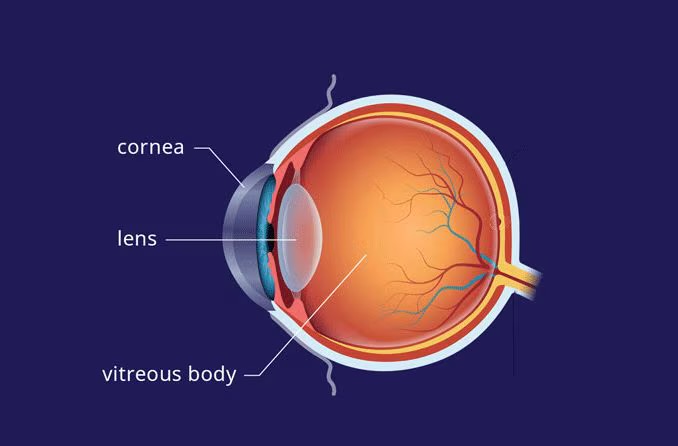
Light enters the eye through which of the following structures?
cornea
Which of the following sequences correctly describes how light rays from an object get to the retina?
Light rays from an object enter the eye through the transparent cornea. They travel across the aqueous humor and pass through the pupil to get to the lens. The lens refracts the rays which travel across the vitreous humor to reach the retina.
Cornea – aqueous humor – pupil – lens – vitreous humor – retina
Which of the following sequences shows how visual impulses move from the retina to the brain where they are interpreted?
All sensory information must reach the cerebral cortex in the brain to be perceived. Here is the pathway that information follows:
Retina – optic nerve – optic chiasm – optic tract – thalamus – optic radiations – cerebral cortex

Which of the following is not found in the bony labyrinth of the ear?
Auditory ossicles
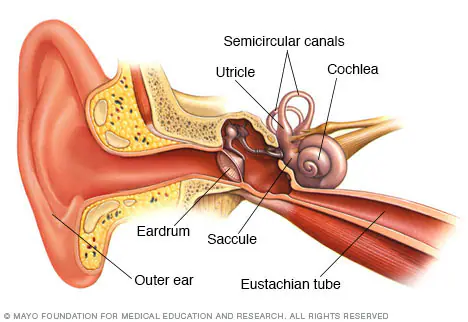
Which structure in the ear is most sensitive to horizontal movement?
The ___ is a membranous structure found in the vestibule. It is sensitive to horizontal motion. In contrast, the saccule, which is also a part of the vestibule, is sensitive to vertical motion.
Utricle
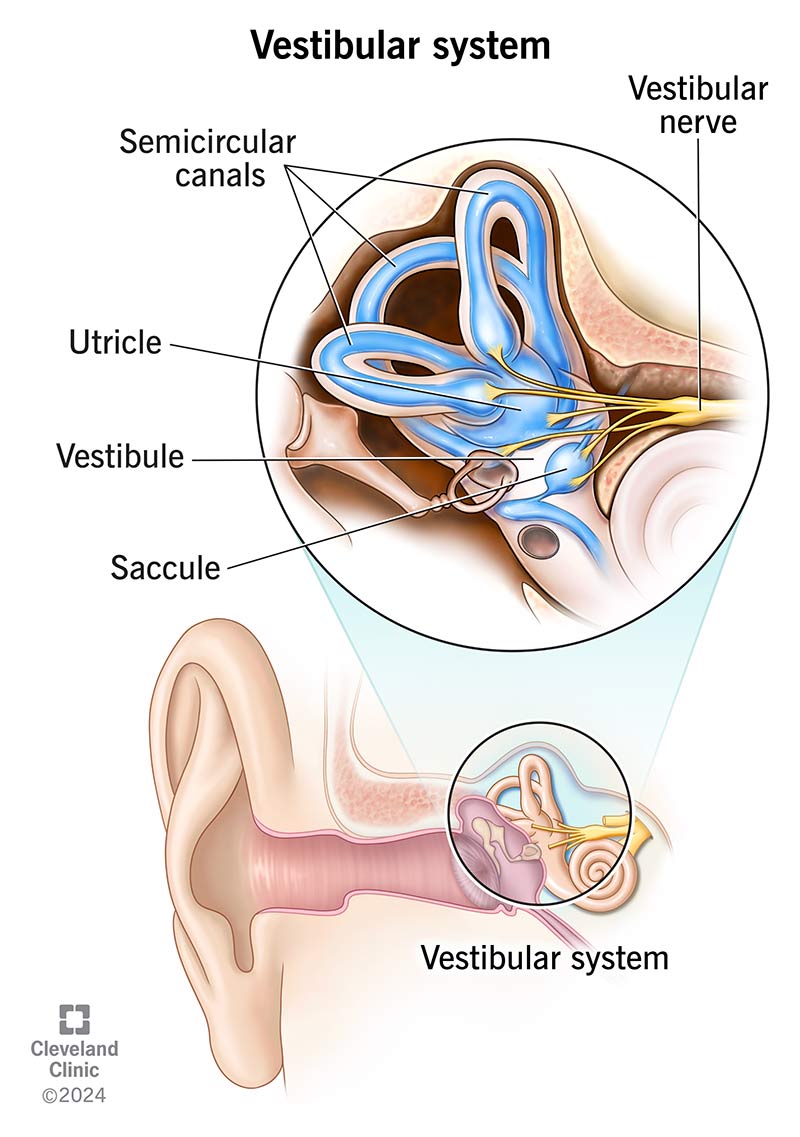
Which of the following describes the function of the saccule?
Detects vertical movement of the head
Which structure generates auditory nerve impulses recognized by the brain?
The ___ detects sound waves and generates neural impulses, which are sent to the brain. The organ of Corti is found in the cochlear duct. Sound waves which arrive at the oval window disturb the perilymph (an internal ear fluid) found in the cochlea. These waves are transmitted to the cochlear duct. The organ of Corti senses these vibrations and generates nerve impulses transmitted to the brain, where they are interpreted.
Organ of corgi
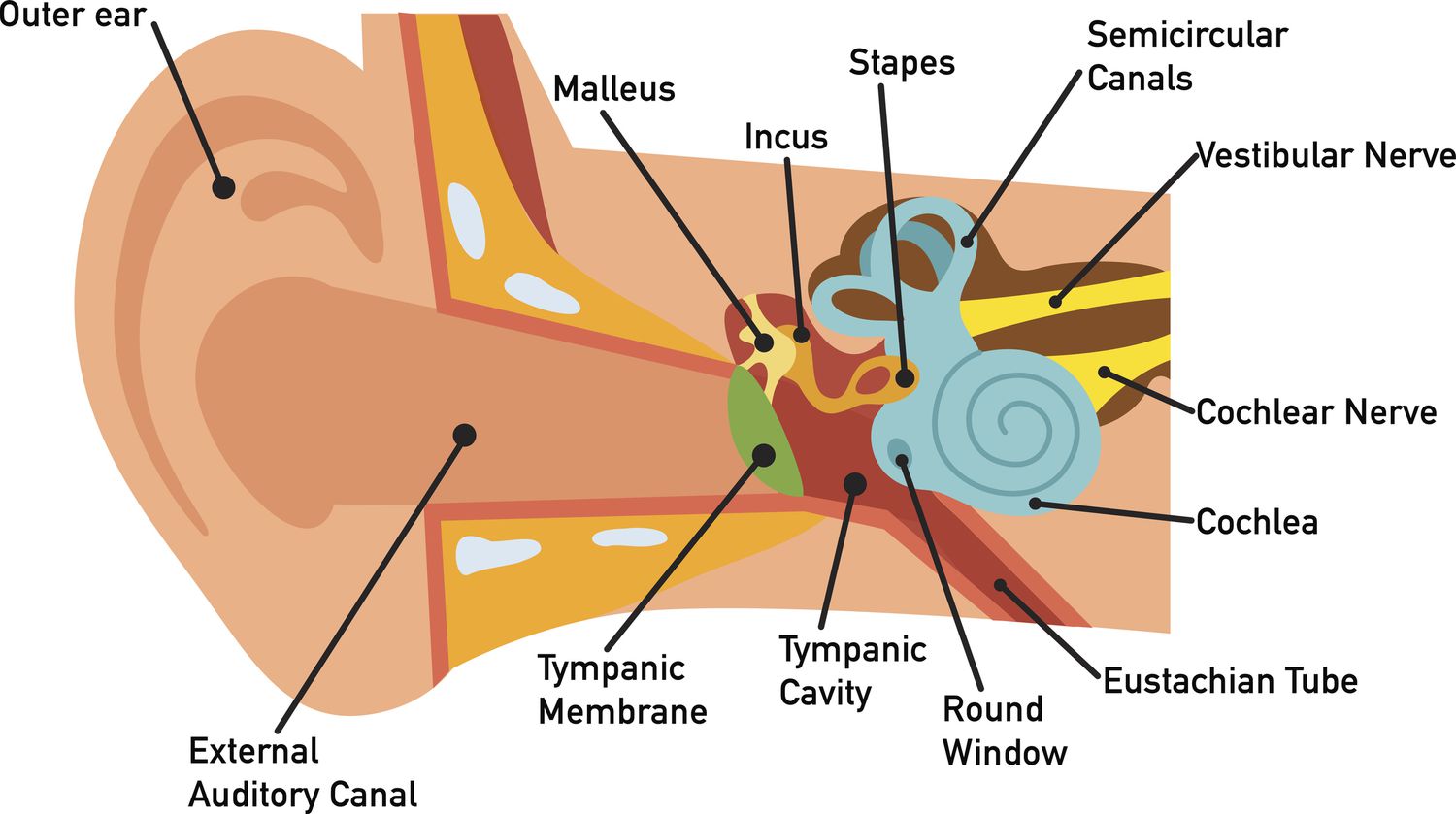
Which of the following amplifies sound waves?
The ____ is an auditory ossicle. The auditory ossicles are three small bones (malleus, incus, and stapes) in the middle ear which amplify sound waves and transmit them to the inner ear.
Stapes
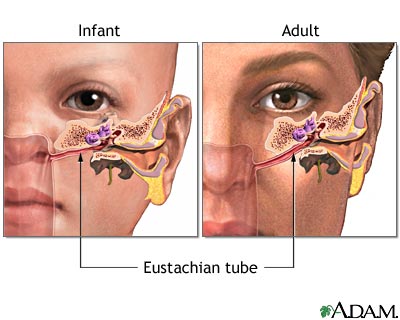
Which structure is responsible for equalizing ear pressure?
The ___ links the middle ear to the nasopharynx. It helps to equalize ear pressure. It also clears the debris and secretions in the middle ear.
Eustachian tube
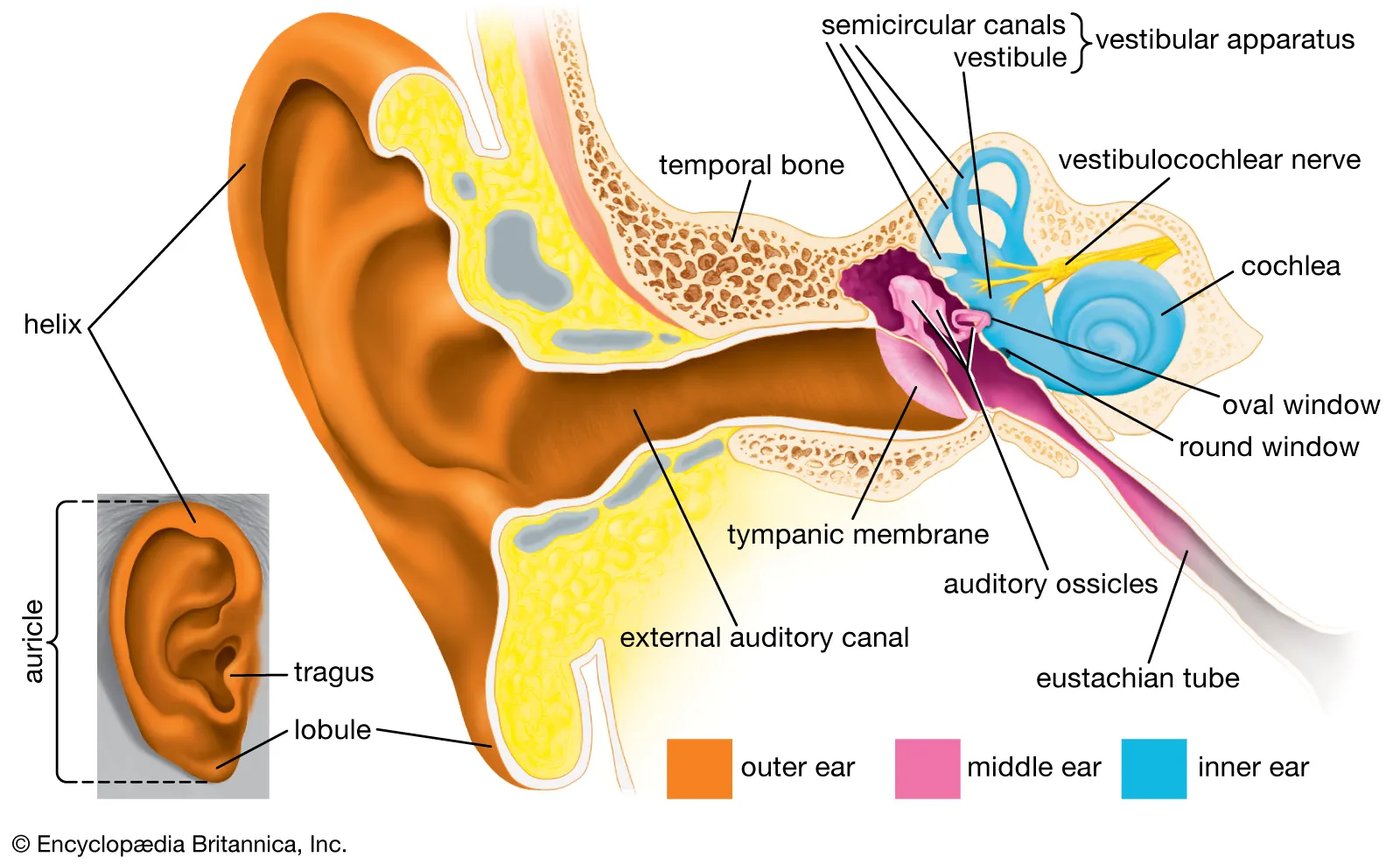
Which of the following structures is correctly paired with its function?
The auditory ossicles include three bones: incus, malleus, and stapes. Their function is to amplify sound waves.
The semicircular canals are for rotatory balance.
The cochlea is for hearing and not for horizontal balance.
The tympanic membrane separates the outer ear from the middle ear. It conducts sound waves from the outer ear to the middle ear.
Auditory ossicles – amplifying sound waves
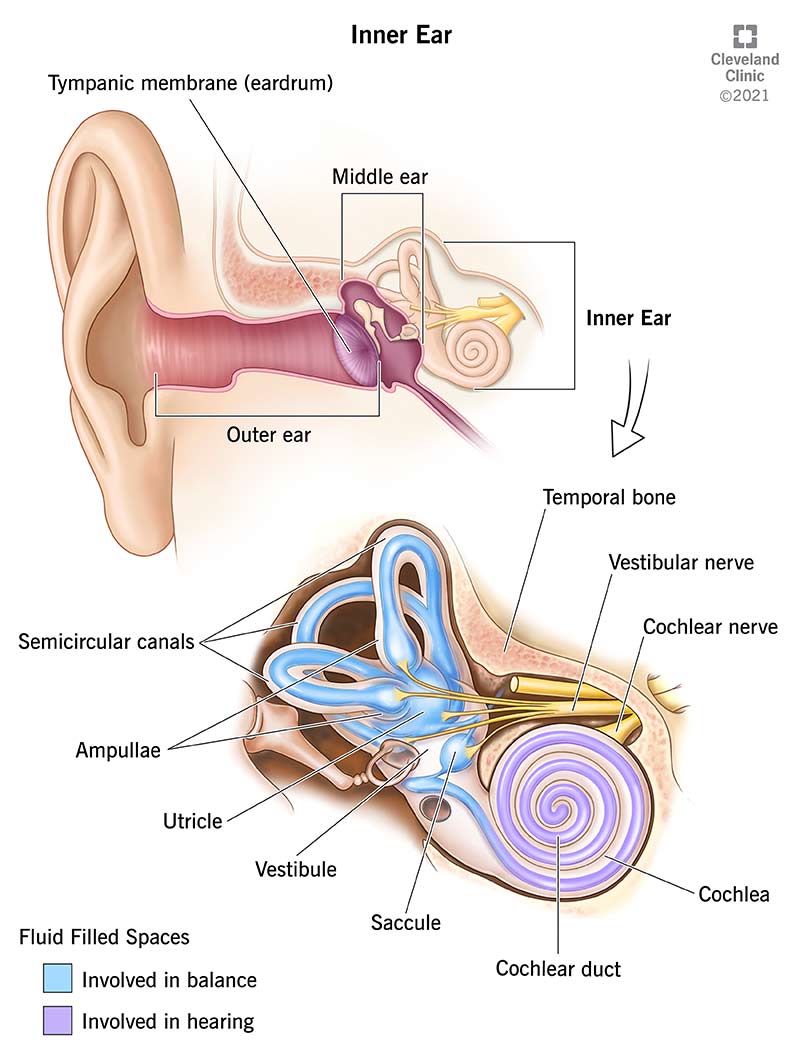
Which of the following is incorrectly paired with its function?
Cochlea – equalizes ear pressure
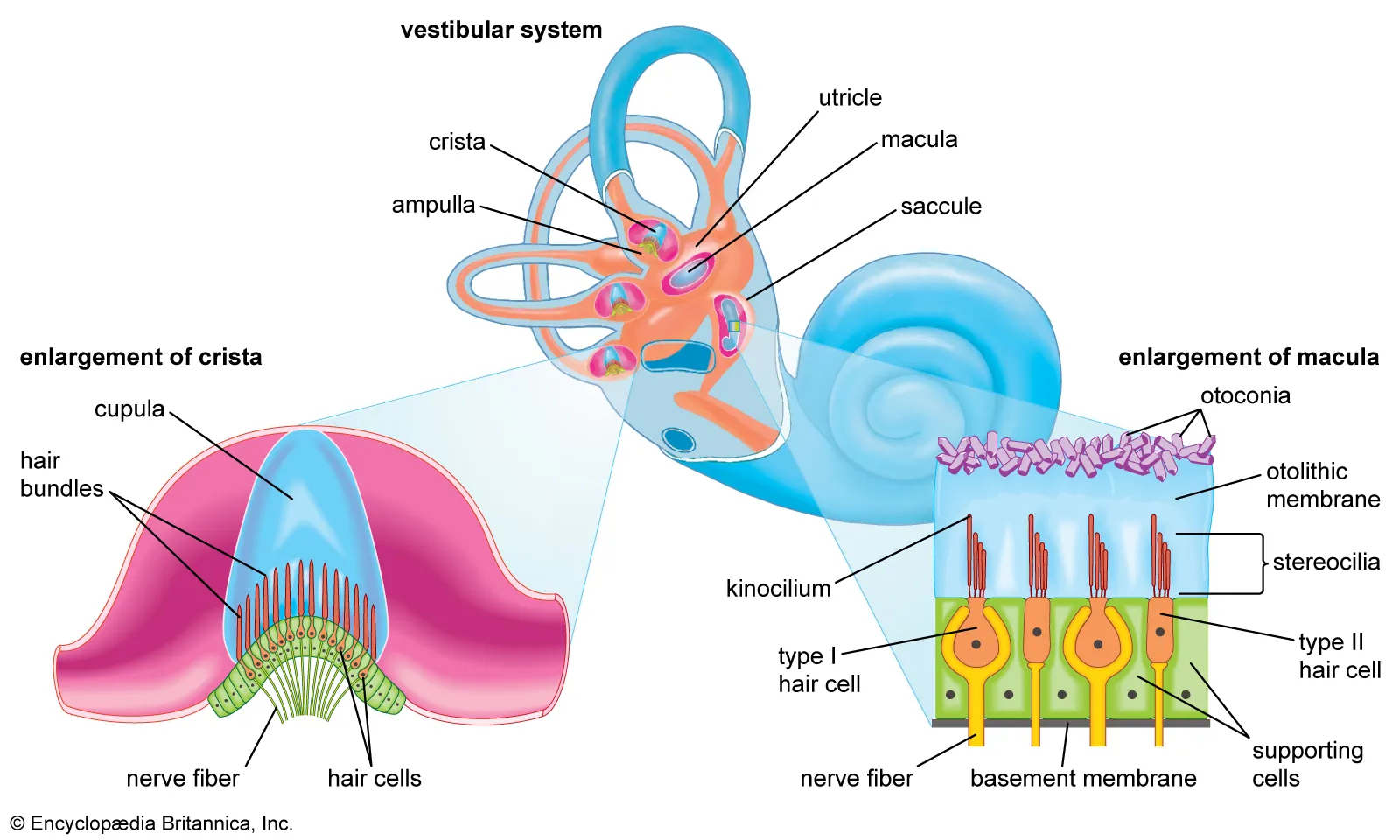
The cristae ampullaris is found in the _________
Semicircular canal
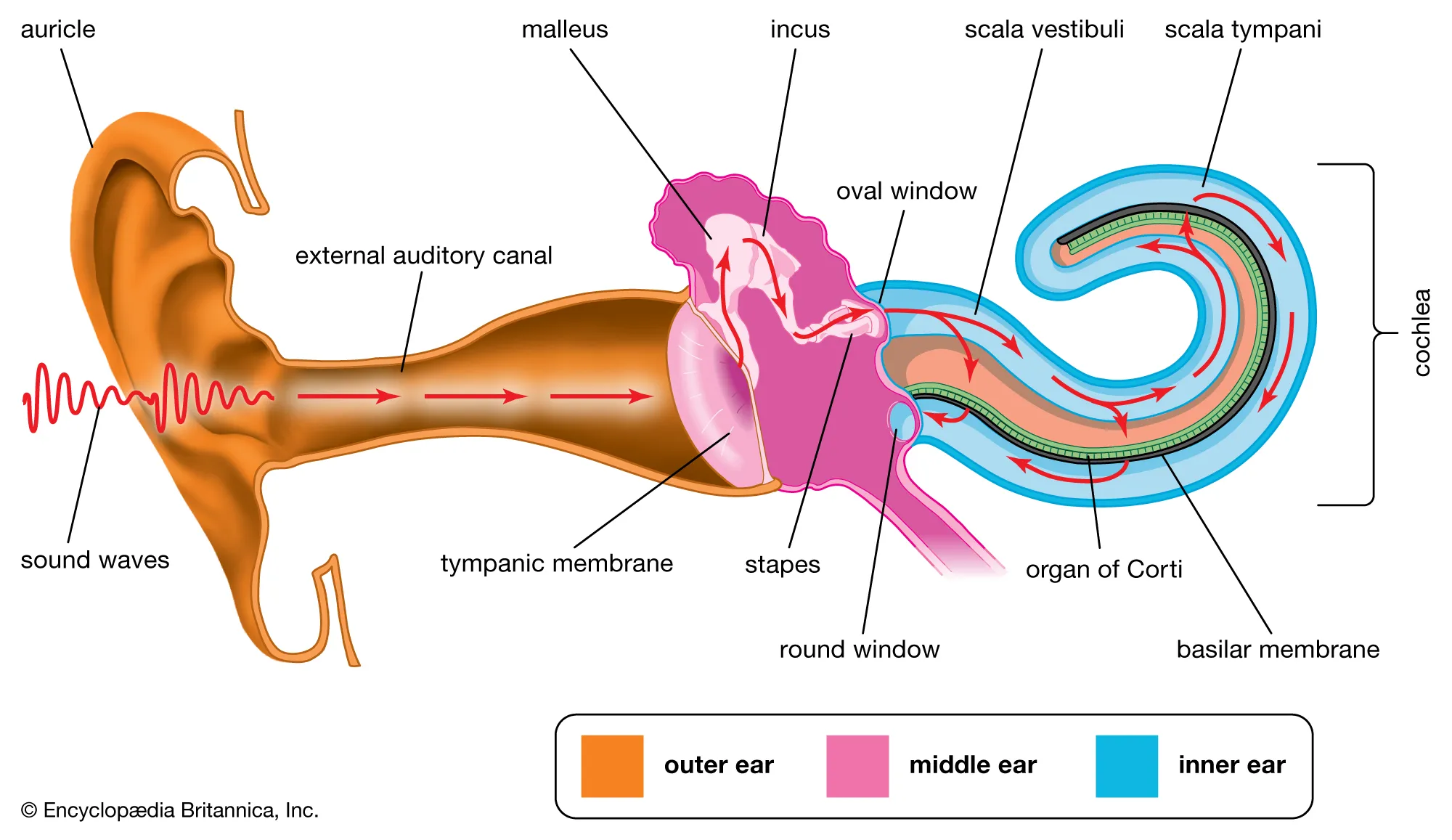
Which of the following sequences correctly describes the passage of sound waves?
Auricle – external auditory canal – tympanic membrane – malleus – incus – stapes – oval window – organ of Corti – brain